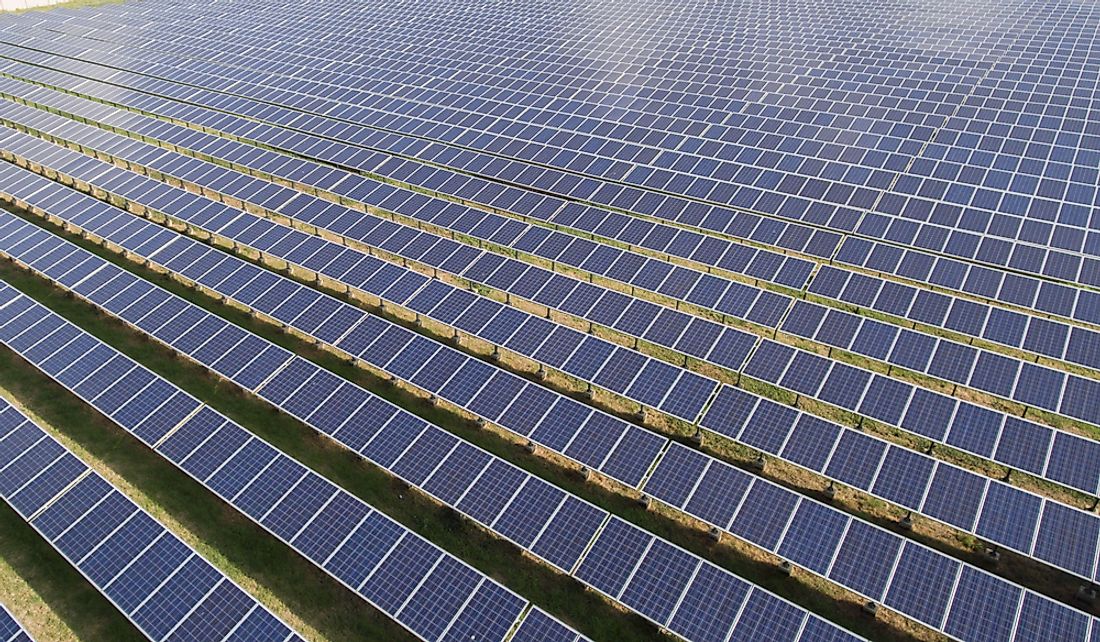Where Is The World's Largest Solar Park?

The Shakti Sthala, which is located in Pavagada in Karnataka's Tumakuru district in India, is the largest solar park in the world. The park occupies an area of about 20 square miles and has a capacity of 2,000 MW which is enough to power 700,000 households. The total investment in the project is about $2.1 billion. It represents the nation’s latest milestone in its transition to renewable energy. Pavagada is situated in a semi-arid area on an elevated plateau that is surrounded by rocky hills. The location of the solar park was chosen due to several reasons including availability of land, high solar radiation, and low precipitation experienced in the region.
Construction of the Solar Park
The solar park was set up through a unique program where farmers in the area leased out their land. The program allowed the locals to reap higher benefits than they normally get through alternative use of the land. The tactic also helped avoid legal disputes that normally plague government land acquisition in the country. According to the energy minister of the state, the project hosts a total of 2,300 Pavagada farmers as beneficiaries and it was designed to accommodate the local farmers as its key partners. The park in the first phase of the project involved six companies that were awarded rights to sell 600 megawatts. The second phase of the project added the remaining 1,400-megawatt capacity.
India’s Transition to the Generation of Green Energy
In 2017, India surged past Japan to become the third largest solar power market after China and the United States. India's improved ranking was aided by low-cost solar panels as well as the government’s incentives for the renewable energy industry. The nation's green ambitions are much bigger with that park being part of a 100 Gigawatts solar capacity plan by 2022. According to some environmentalists, the nations shift to green energy is long overdue. Air pollution in several cities has worsened in recent history, partly due to emissions from old power plants. Coal is still used to generate about 58% of the nation's power while wind and solar provide 10% and 5% respectively. With an economy expanding at an average rate of 7%, the nation is hungry for power, and many laud the government for moving in the right direction in a bid to fulfill the country's energy needs.
Challenges Facing Green Energy Projects
The country has so far approved plans for 14 solar parks that are larger than California's Solar Star power station which has a capacity of 579 megawatts. The solar parks will utilize the solar potential in India's southern scrub-land and northern deserts. Some of the challenges that stand in the way of these ambitious projects are; uncertainty over costs and the government's ability to acquire land for large solar parks. As the nation transitions to green energy, there is also the need to retrofit the country's aging and inflexible energy grids to integrate more wind energy and solar power.











